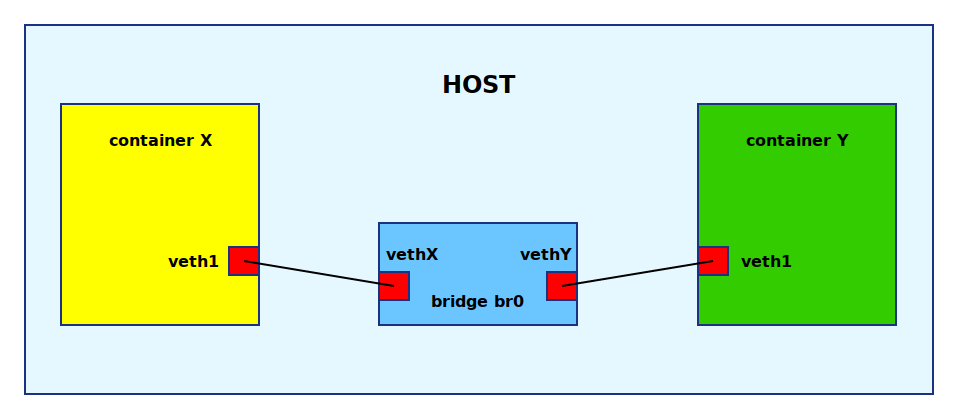

Locally originated packets, and the second one, ns3::aodv::RouteInput, The first one, ns3::aodv::RouteOutput, is used for The base class defines two virtual functions for packet routing andįorwarding. Service packet exchange and inherits from ns3::Ipv4RoutingProtocol. Mailloux, “Phased Array Antenna Handbook”, Artech House, 2nd Ed.Ĭlass ns3::aodv::RoutingProtocol implements all functionality of TR 38.901, Study on channel model for frequencies from 0.5 to 100 GHz, V15.0.0. of the 2nd Annual International WirelessģGPP TSG RAN WG4 (Radio) Meeting #51, R4-092042, SimulationĪssumptions and parameters for FDD HeNB RF requirements. George Calcev and Matt Dillon, “Antenna Tilt Control inĬDMA Networks”, in Proc. University of Technology, Göteborg, Sweden, 2003 Three-Sector WCDMA Systems”, Master of Science Thesis, Chalmers ( 1, 2, 3) Li Chunjian, “Efficient Antenna Patterns for Balanis, “Antenna Theory - Analysis and Design”, Wiley, 2nd Ed. Slant angle through the attribute “PolSlantAngle”, as described in (i.e., ). The polarization of each antenna element in the array is determined by the polarization Through the attributes “NumRows” and “NumColumns”, while the spacing between the horizontalĪnd vertical elements can be configured through the attributes “AntennaHorizontalSpacing” The number of antenna elements in the vertical and horizontal directions can be configured The slant angle is instead fixed and assumed to be 0. Which adjusts the azimuth angle, and “DowntiltAngle”, which adjusts the elevation angle.

īy default, the array is orthogonal to the x-axis, pointing towards the positiveĭirection, but the orientation can be changed through the attributes “BearingAngle”, It loosely follows the implementation described in the 3GPP TR 38.901 ,Ĭonsidering only a single a single panel, i.e. Supporting rectangular and linear regular lattices. The class UniformPlanarArray is a generic implementation of Uniform Planar Arrays (UPAs), The class PhasedArrayModel also assumes that all antenna elements are equal, a typical key assumption which allows to model the PAA field pattern as the sum of the array factor, given by the geometry of the location of the antenna elements, and the element field pattern.Īny class derived from AntennaModel is a valid antenna element for the PhasedArrayModel, allowing for a great flexibility of the framework. Same polarization (configurable) for all antenna elements of the array is considered. GetElementFieldPattern: returns the horizontal and vertical components of the antenna element field pattern at the specified direction.GetElementLocation: returns the location of the antenna element with the specified index, normalized with respect to the wavelength.GetNumberOfElements: returns the number of antenna elements.ĭerived classes must implement the following functions: Solely based on the generalized location of the antenna elements.įor details on Phased Array Antennas see for instance. Position of each element, and instead generalizes the concept of steering and beamforming vectors,

It abstracts the basic idea of a Phased Antenna Array (PAA) by removing any constraint on the The class PhasedArrayModel has been created with flexibility in mind. Template created in the file new-module/doc/new-module.rst.
Veth netmap how to#
Main web site to find copies of the manual.įinally, additional documentation about various aspects of ns-3 mayĪ sample outline of how to write model library documentation can beįound by executing the create-module.py program and looking at the Use of the facilities of the core, such as attributes, default values, the ns-3 core is documented in the developer’s manual.the model APIs are documented, from a programming perspective, usingĭoxygen.ItĬomplements two other sources of documentation concerning models:
Veth netmap manual#
This manual provides documentation about the models of ns-3.
Veth netmap software#
Ns-3 models do not span multiple software modules, however. Internet module contains models for both TCP and UDP). ns-3 models are abstract representations of real-world objects,Īn ns-3 module may consist of more than one model (for instance, the.The modules (libraries) they need to conduct their simulation. ns-3 software is organized into separate modules that are eachīuilt as a separate software library.It is important to distinguish between modules and models: Software that enable users to construct network simulations. This manual compiles documentation for ns-3 models and supporting


 0 kommentar(er)
0 kommentar(er)
